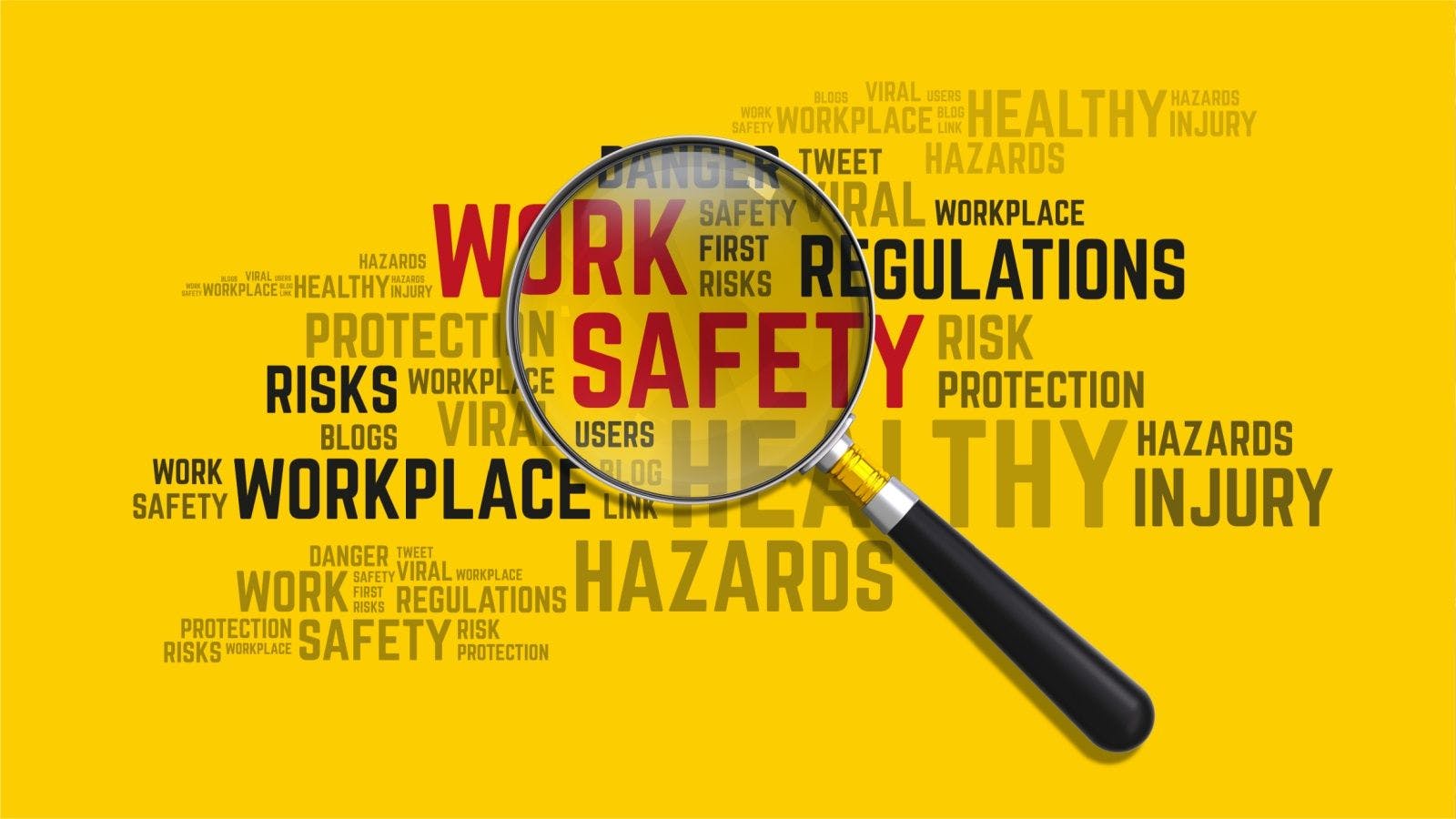
Good Indoor Air Quality Keeps Workers Healthy and Happy
Most people primarily think of air conditioners as appliances to keep people cool. However, a 2024 study of office air conditioners shows that they promote indoor air quality by minimizing the harmful effects of bushfire smoke.
The research indicated air conditioners used in office environments can trap particles and reduce people’s exposure to harmful elements such as sulfates and nitrates. The researchers collected particulate matter from commercial air conditioner filters during the peak bushfire season in Australia. Evaluations showed the daily particulate matter levels were usually two to three times the average amount. However, some hourly maximums were 10.5 times the usual.
The team took samples for four months, finding the specimens exceeded national air quality standards 19% of the time. Analyses performed in a university showed commercially available air filters captured significant amounts of bushfire smoke, reducing the associated hazards for building occupants.
This study highlights how indoor air quality is still a priority for researchers. That will likely remain true, especially in the scope of this work. Although climate change does not cause bushfires, it worsens them. The fact commercial air conditioner filters can aid in pollutant removal is promising since it requires minimal or no infrastructural changes to improve air quality in office buildings.
WORKERS CARE ABOUT CLEAN AIR
People often think of workplaces free of harassment and discrimination when someone mentions workers’ rights. Should clean air also be on the list? Most U.S. and Canadian workers responding to a 2023 Fellowes study thought so.
About 91% of those polled thought clean air should be a fundamental workers’ right. However, only 29% of respondents considered their current workplace air “very clean.”
Professional air quality assessments typically include particulate matter analyses. For example, PM2.5 contaminants include dust, pollen and mold. However, PM1 particles are viruses, bacteria and volatile organic compounds.
Employees will not necessarily know the most common PM types in their workplaces, but respondents to the Fellowes survey could pinpoint several air quality issues. About 35% mentioned stagnant air and poor circulation. Another 33% brought up humidity issues, while 25% identified mold, airborne particulates, stains and dust. Finally, 25% said perceptible odors contributed to their assessment of poor air quality at work.
How bothersome did survey respondents find the poor air quality? One surprising finding was that 31% of respondents would consider looking for another job due to air quality concerns. Additionally, survey respondents ranked clean air as their most desired workplace perk—above five others, including health allowances and complimentary snacks.
These takeaways suggest human resources leaders must consider clean air one of the most in-demand workplace entitlements, especially when hiring and retaining top talent. A contractor’s assessment could be the first step to having clean office air, encouraging greater productivity and loyalty to the company.
AIM HIGH
The results of a 2023 study reflected office employees’ progressively increasing expectations for indoor air quality at work, with participants working in offices with over 500 people. About 95% of U.S. workers mentioned increasing IAQ expectations over the past three years.
Meanwhile, 53% considered themselves “extremely worried” about the indoor air quality in their buildings. About 77% believed it was extremely or very important for their employer or building manager to provide IAQ information. The latter was a 22-percentage-point increase from the previous year’s response to the same question, indicating the increasing importance of keeping workers informed.
Showing a lack of commitment to IAQ improvements could even worsen people’s opinions of their employers. About 88% of respondents believed decision-makers showed a low commitment to employee safety and wellbeing by limiting their IAQ investments.
Additionally, 98% of those polled said they would take specific actions when workplaces lacked measures to maintain healthy indoor environments. For example, 60% would speak to supervisors or other leaders about their concerns, while 40% would ask to work remotely.
The data also revealed that 34% would turn their concerns into a group effort by rallying other workers around the IAQ matter. Finally, 21% would look for alternative employment.
These findings emphasize how today’s workers will not take IAQ lightly, especially if leaders fail to address the issue. They also show how indoor air quality is a multifaceted issue, encompassing worker safety, health, workplace satisfaction and more.
CONTRACTORS CAN HELP
These examples and many others emphasize indoor air quality’s enduring importance. Although people may not specifically mention COVID-19 nowadays, they still connect air quality to the health and wellbeing of themselves and of their workplaces. This will likely remain true as much of the world experiences severe and lengthening wildfire seasons and other events negatively impacting air quality.
Fortunately, contractors have the knowledge, expertise and recommendations to assist building managers and other decision makers in making the most meaningful air-quality improvements. Succeeding in this effort allows contractors and other construction professionals to play a direct role in keeping people safe, happy and healthy at work.
Similarly, when today’s employers make significant indoor air-quality investments, they show current and potential workers their commitment to making commercial spaces the most supportive and pleasant environments possible.
Related stories








